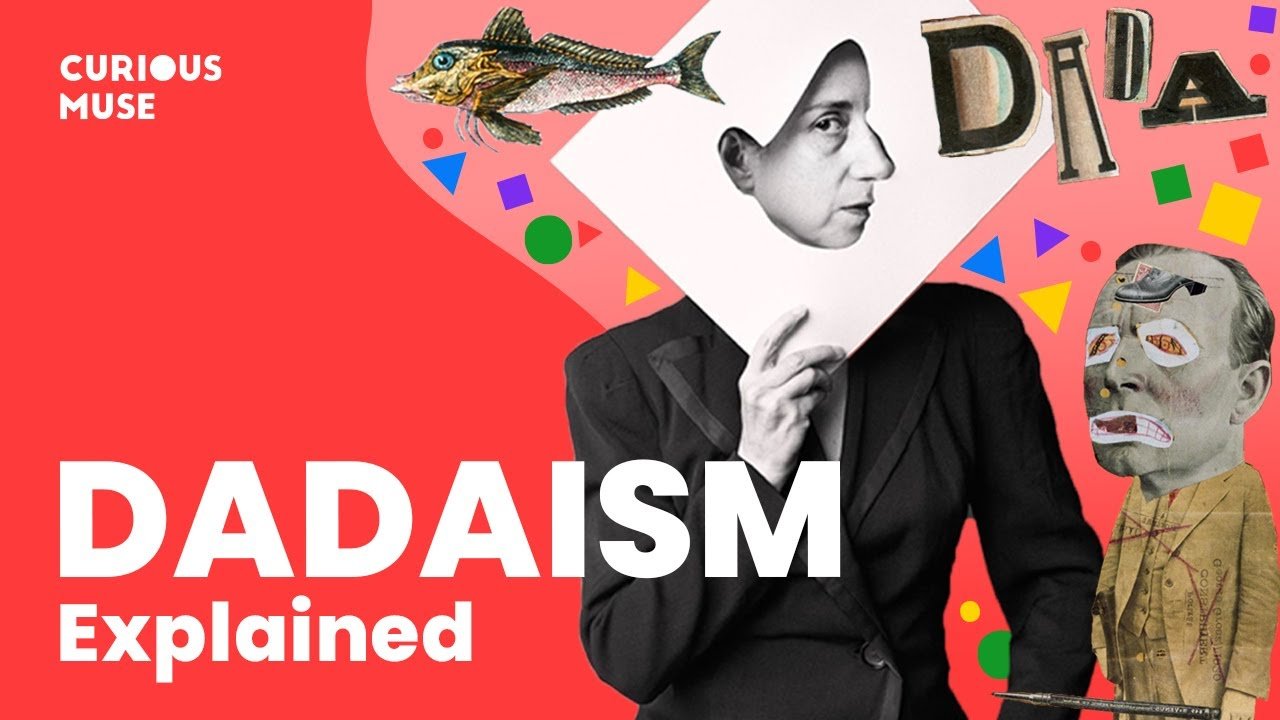Why is a urinal considered artistic expression? What does the word Dada represent? What are Dada soirées? What does Dadaist poetry sound like? And can everything and anything become a work of art if we choose to declare it so?
In this video, we explore Dadaism, an art movement of the European avant-garde in the early 20th century, which took hold in Zürich, New York and Paris.
Developed in reaction to World War I, Dada artists rejected the logic, reason and aestheticism of modern capitalist society, expressing instead nonsense, irrationality and anti-bourgeois protest in their works. In this way they signalled their opposition to violence, war and nationalism, and maintained political affinities with radical left-wing and far-left politics.
The art of the movement spanned visual, literary and sound media, including collage, sound poetry, cut-up writing and sculpture.
There is no consensus on the origin of the movement’s name; a common story is that the German artist Richard Huelsenbeck slid a letter-opener at random into a dictionary, where it landed on “dada”, a colloquial French term for a hobby horse. On the other hand, Jean Arp wrote that Tristan Tzara invented the word at 6pm on February 6, 1916, in the Café de la Terrasse in Zürich. Still others note ‘Dada’ suggests a child’s first words, evoking an innocence and absurdity that appealed to the group. Finally, some speculate the word may have been chosen to evoke a similar meaning (or no meaning at all) in any language, reflecting the movement’s internationalism.
View the original video here.
Good Living is the Cyprus Mail’s portal of curated content from across the internet, showcasing local and global ideas, cultural highlights, and scientific and technological developments to inspire a sustainable life.







Click here to change your cookie preferences